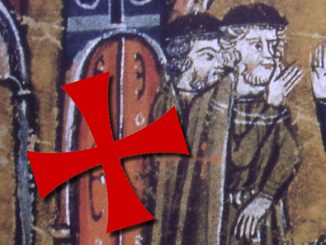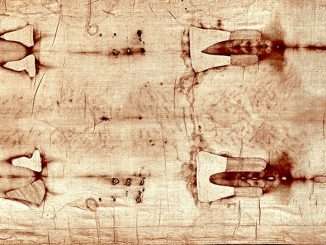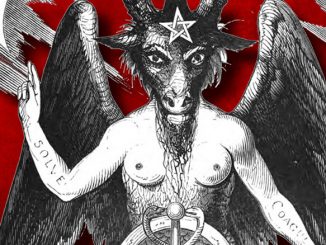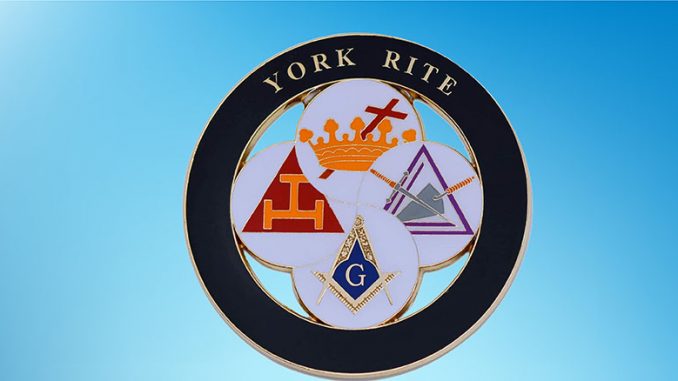
One of the most frequently asked questions we receive is “How do I become a Masonic Knights Templar?” Masonic Templarism is one branch of what is commonly called The York Rite.
Freemasonry has, since its formal inception with the uniting of four London based lodges in 1717, sought an answer for its roots in history. The speculations have been as varied as the Freemasons who have offered them. Among the speculations have been the Masons of Ancient Egypt, The Roman Building Guilds, Solomon’s workmen and a host of others.
In the early 1700s a new theory was presented for Masonic history and that was, that the Freemasons began in the medieval deserts of the Levant with the Crusaders and Knights Templar. The responsibility for this theory lies with two different men, Andrew Michael Ramsay and the German Baron Karl Von Hundt. For a detailed account of the Ramsay Oration and latterly Von Hundt’s Rite of Strict Observance Masonry, see the article in this section of the site, entitled, “Do the Templars Still Exist?”
This set of speculation whether grounded in fact or merely wishful thinking on the part of the Fraternity, has met with acceptance by many Freemasons world wide. By the same token many Freemasons have rejected it as inaccurate.
Regardless of ones acceptance or rejection, it cannot be argued that Masonry does carry within its side degrees a form of Masonic Templarism. While the Scottish Rite contains a degree revolving around the Templars, this page will deal with York Rite Templarism. Within Freemasonry’s York Rite are found four bodies, which are in The United States and Canada as follows:
The Craft or Speculative Lodge
Entered Apprentice
Fellowcraft
Master Mason
Capitular Masonry – Chapter
Mark Master Mason
Virtual Past Master (USA)
Most Excellent Master
Royal Arch
Cryptic Rite Masonry
Royal Master
Select Master
Super Excellent Master
Chivalric Masonry
Illustrious Order of the Red Cross
Order of Malta
Order of the Temple – Knights Templar
The Chivalric Orders
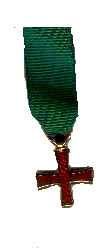 The Illustrious Order of the Red Cross
The Illustrious Order of the Red Cross
The first order conferred in the chivalric system is the Illustrious Order of the Red Cross and the story contained within predates the era of the crusades. The candidate represents Zerubbabel who is well familiar to the Royal Arch Mason ( a requirement for admission) at the time of King Darius. Zerubbabel visits the king in order to convince him of his commitment to the Jewish people and in the process is asked to take part in a debate over which has greatest sway in the kingdom – wine, women or the king. The end result of the debate being the candidate offering a fourth option and an excellent argument is made on the power of Truth.
 The Order of Malta
The Order of Malta
This is the first of the Christian Orders contained in the Chivalric system and relates the story of St. Paul’s arrival on the island of Melita which we know today as Malta. In the next portion of the order the history of the Knights of St. John (Knights of Malta) is explained and the periods of the orders history is paralleled with the birth, life, death, resurrection and ascension of Jesus Christ. While Freemasonry often comes under attack by fundamentalists who view it as unchristian, the candidate for admission into this Christian order can offer clear argument to the contrary.
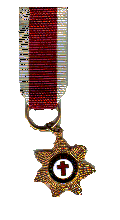 The Order of the Temple
The Order of the Temple
The Order of the Temple of Knights Templar Order is the most beautiful in the series. The order is broken into three portions:
Novice
Installation
Consecration
These portions are sometimes conferred together but more often done on two or three separate occasions. During the ceremonies the candidate represents a knight of the era that succeeded the Crusades and vowed to visit the Holy Sepulcher. As a trial of his worthiness he must make a pilgrimage for seven years in the direction of the Holy Sepulcher. After having served six years of preparation he is commanded to devote the remaining year of preparation to penance. The ritual teaches beautiful lessons on the death and ascension of our Savior and the candidate is at last received into full fellowship, in the most solemn manner.
It is important to note that in Canada and the United States there are some differences to the Orders, but essentially they follow the above model.
A Potential Candidate for Masonic Templarism, must be a member of the Craft Lodge, and Royal Arch Chapter. In some jurisdictions it is required that the potential member must also be a member of the Cryptic Rite.
Unlike most branches of Freemasonry, wherein the Candidate need not follow a particular faith, the Chivalric Orders of Masonry require a belief in the doctrine of the Trinity. That is to say they must profess a faith in Christianity.
History Of The Order In North America
The first Templar to be initiated in the United States was William Davis who was given the degrees of Excellent, Super Excellent, Royal Arch, and Knight Templar by the St. Andrew’s Royal Arch Lodge on August 28th, 1769. Davis owned an apothecary business in Boston, but is perhaps most noted for his efforts at the Battle of Bunker Hill. Here it was Davis who suggested the “Barrel Defense” in which Barrels full of earth and stone were rolled down on the attacking units.
Of course other Revolutionary War notables would be invested with the honor of being Knights Templar, among them Paul Revere who was initiated on December 11th, 1769. Latterly, on May 14th 1770, Joseph Warren another Revolutionary War hero would add his name to the roster of early American Templars.
In Canada the first Provincial Grand Conclave was organized in 1855 under the direction of Colonel William James Curry McLeod Moore who took the role of Provincial Grand Commander. Thirteen years later the first Grand Priory was formed as the Grand Priory of the dominion of Canada and once again Colonel McLeod Moore would take the helm as Canada’s first Grand Prior.
Today the order encompasses all of Canada and goes by the name of The Sovereign Great Priory of Canada of the United Religious and Military Orders of St. John of Jerusalem, Palestine, Rhodes and Malta, and of the Temple.
Unlike the US where individuals bodies are referred to as Commanderies and the principle officer is called a Commander, in Canada these bodies are called Preceptories and the principle officer is the Presiding Preceptor. Generally Preceptories and Commanderies alike will take the name of a key player in Templar or medieval history, for example King Baldwin Preceptory Number 6 or Hughes de Payens Commandry Number 12.
Membership Requirements
A Potential Candidate for Masonic Templarism, must be a member of the Craft Lodge, and Royal Arch Chapter. In some jurisdictions it is required that the potential member must also be a member of the Cryptic Rite.
Unlike most branches of Freemasonry, wherein the Candidate need not follow a particular faith, the Chivalric Orders of Masonry require a belief in the doctrine of the Trinity. That is to say they must profess a faith in Christianity.
Where Do I Go From Here?
We are unable to assist you any further in your interest in joining the Masonic Templar Orders. TemplarHistory.com is not directly affiliated with any order.
About Us
We hope you enjoyed this article on Masonic Knights Templar.
TemplarHistory.com was started in the fall of 1997 by Stephen Dafoe, a Canadian author who has written several books on the Templars and related subjects.
Read more like Masonic Knights Templar from our Modern Templars Archives – Templar History

